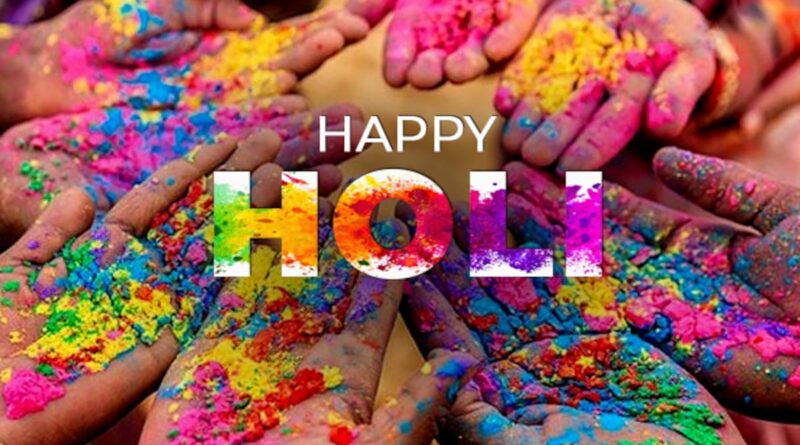History Of Holi
Holi, also known as the “Festival of Colors” or the “Festival of Love,” is a popular Hindu festival celebrated in India and other parts of the world. It is celebrated on the full moon day in the Hindu month of Phalguna, which falls between late February and early March.
The origins of Holi can be traced back to ancient Hindu mythology. According to the legend, there was a demon king named Hiranyakashipu, who had received a boon that made him invincible. He became arrogant and ordered that no one worship any gods other than himself. But his son, Prahlada, was a devout follower of Lord Vishnu, and refused to worship his father.
This enraged Hiranyakashipu, and he ordered his sister, Holika, to take Prahlada into a fire, since she had a cloak that made her immune to fire. But the cloak flew off Holika and covered Prahlada instead, who emerged unscathed from the fire. This was seen as a victory of good over evil, and the triumph of devotion and faith over arrogance and ego.
To celebrate this victory, people started playing with colors and water, smearing each other with colored powders and throwing water balloons. This tradition is still followed today, and is one of the most recognizable aspects of the festival.
Holi is also associated with another popular Hindu legend, the story of Lord Krishna and Radha. According to this legend, Lord Krishna was jealous of Radha’s fair complexion, and playfully smeared her with colors to make her look like him. This playful act became a tradition, and is still followed today as a symbol of love and friendship.
In addition to the color throwing and water fights, Holi is also marked by the exchange of sweets and other delicacies. Traditional sweets like gujiya, mathri, and malpua are prepared in households and distributed to friends and neighbors. Bhang, a drink made from cannabis leaves, is also consumed during the festival, although its consumption is illegal in some parts of India.
In recent years, Holi has gained popularity outside of India, and is now celebrated in many parts of the world, including the United States, Canada, and the United Kingdom. In these countries, the festival has taken on a more universal and secular meaning, and is celebrated as a symbol of multiculturalism and diversity.
In some parts of India, Holi has also been associated with social and political causes. In recent years, the festival has been used as a platform to raise awareness about issues like water conservation, gender equality, and LGBTQ rights.
Overall, Holi is a festival that celebrates joy, love, and the triumph of good over evil. It is a time for people to come together, forget their differences, and celebrate the beauty of life. Whether you are in India or abroad, Holi is a festival that you don’t want to miss!
Discover more from City Towner
Subscribe to get the latest posts sent to your email.




